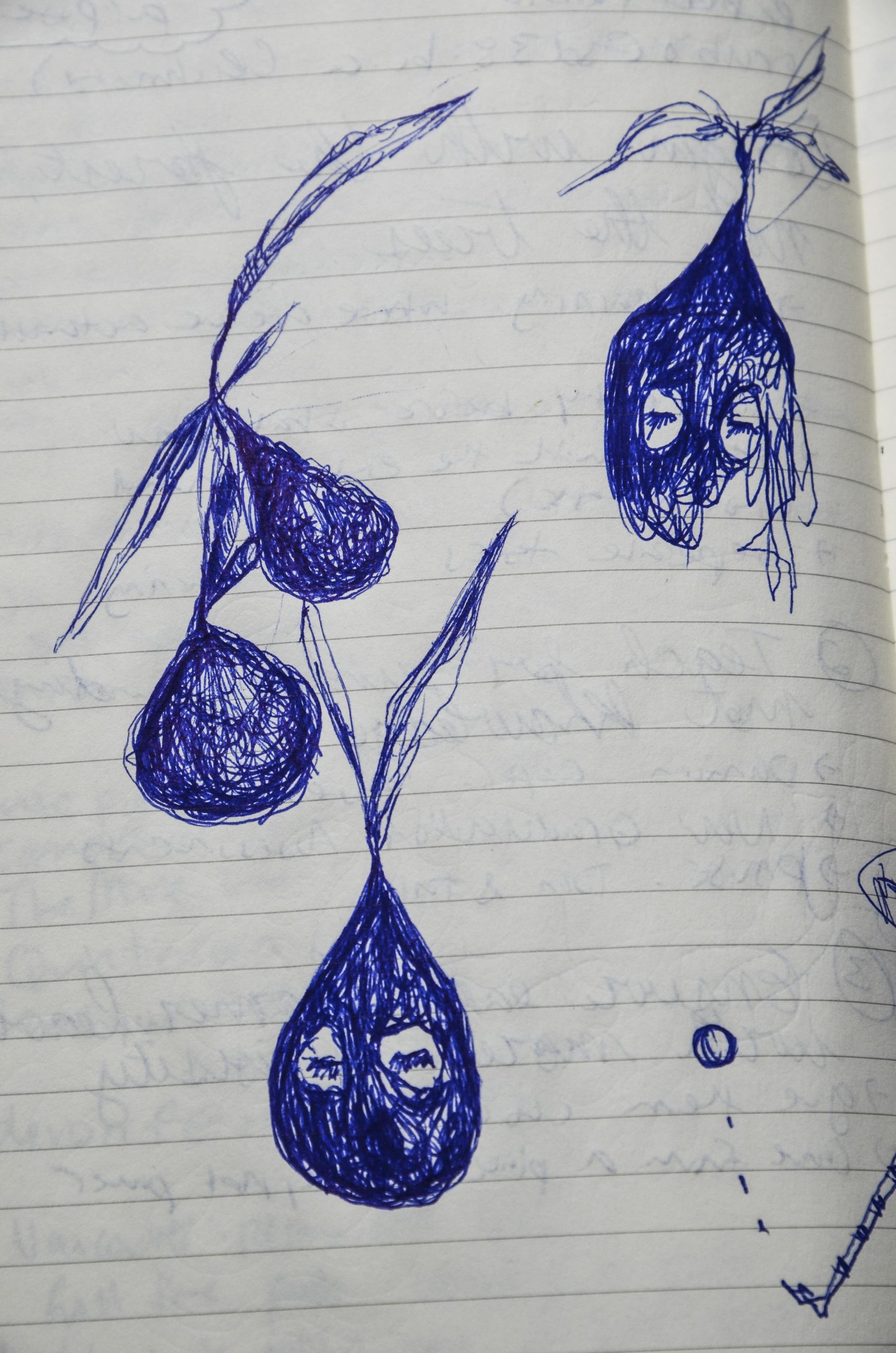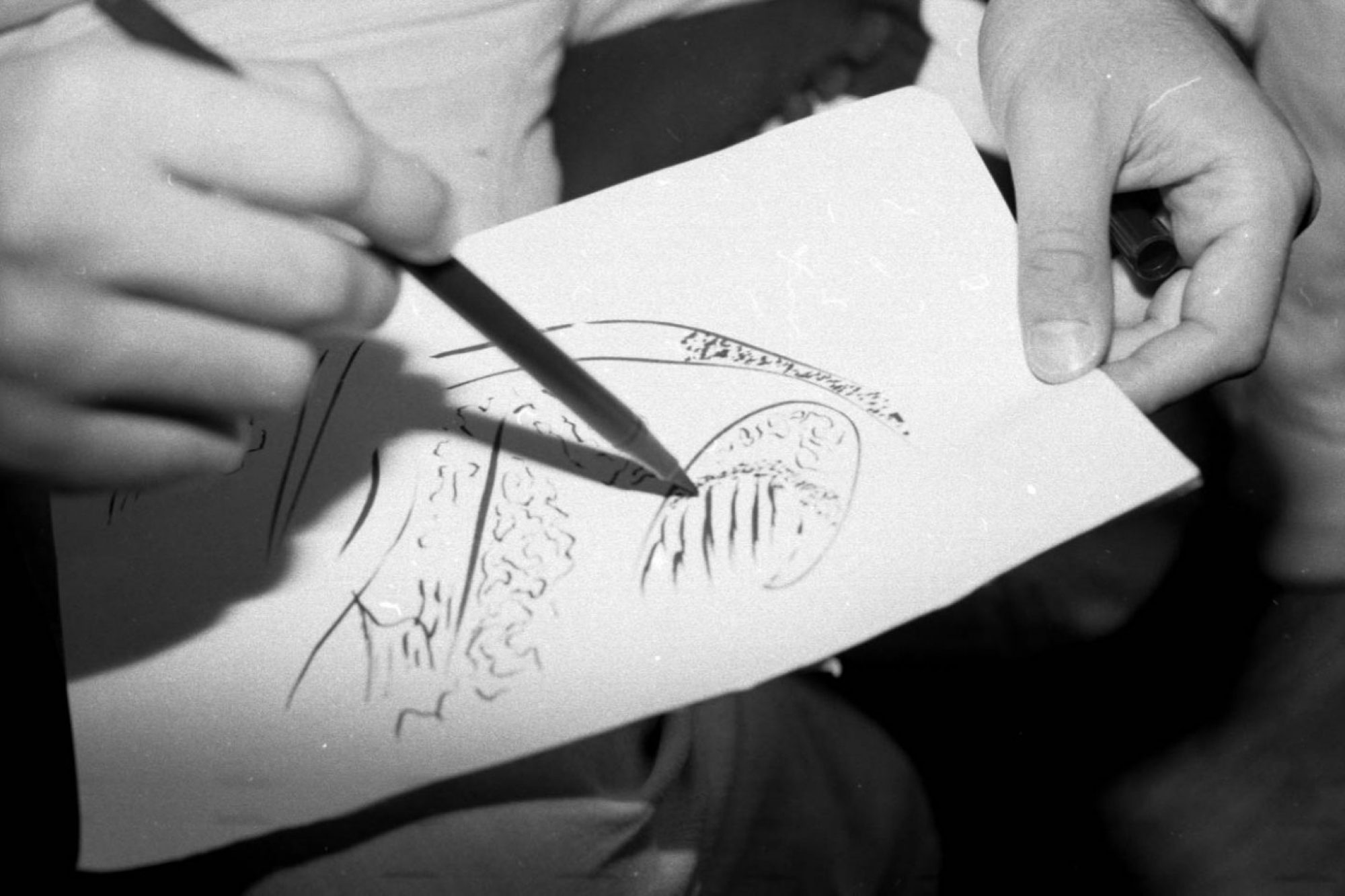Making Partnerships with Steam – Karen McGarry
I tried doing some research on STEAM initiatives in BC.
This website provides a map/snapshot of organizations currently involved in STEAM: https://www.symbiosis.ca
Symbiosis mostly collaborates with Science World. More images and events details can be found here: https://twitter.com/symbiosisca
I think this article provided a good base for describing the ways STEAM is applied (e.x. For the ‘S’, arts can help visualize Scientific data in alternative, interactive ways.) More importantly, McGarry’s article got me interested in actually doing some research into STEAM projects in Vancouver and around BC. I remember our TA for our English Language Learning course participates in STEAM projects, using his theatre education background to present scientific results. A quick google search of similar projects brought me to an event that occurred this April at UBC’s Peter Wall Institute for Advanced Studies. Two researchers and a theatre-educator created plays on telling the stories and narratives based on research in delivering clean water to rural BC and Indigenous communities and exploring disabilities in health professions. It inspires me to find ways to include performative art and storytelling to visualize, experience and engage with STEM.

Considering Visual Arts Practices at the Secondary Level: Extending Cross-Curricular Conversations Among Secondary Educators – Tanya Scott & Todd Twyman
I like how the article addressed issues in regard to the cross curricular model, such as time and mixed grade classes. In relation to the previous reading, this reading also prompted me to do more research into projects that I could use in the classroom that would involve a crossover of different subjects. I found this book, accessible online through UBC library, called A Companion to Interdisciplinary STEM Project-Based Learning. It contains 25 Project Based Lessons that is extremely useful for teachers of any discipline. Although the “A” for STEAM (A = Art) is not explicitly recognized, I read through some of the lessons and there definitely are art-making components to each project (building a better cereal box that is self-sealing/openable/meet manufacture requirements, designing a self-sustaining operations base on Mars that can support a small human settlement, etc.) There is plenty of optimism in the art subject’s flexibility to combine with other subjects. If art is the connector, I am worried the art teacher will be faced with a lot of expectations and be pulled in maybe too many different directions. So I guess my question is, how do art teachers manage this flexibility?
